What can women do if their nails are weak or their cuticles don’t look great? Daily activities like washing hands, doing dishes, using hand sanitizers, exposure to dry air, and even handling freshly laundered clothes can lead to dryness and cracks in the skin and nails.
So, instead of worrying, consumers can opt for cuticle oils. They’ll significantly improve the condition and appearance of the user’s nails with minimal effort (except frequent routines).
But what are these cuticle oils? And how can businesses benefit from them? This article will provide everything businesses need to know about cuticle oils before selling them in 2023.
Table of Contents
What are cuticle oils, and do they have benefits?
What makes them different?
Are they profitable in 2023?
What are the things to consider when buying cuticle oils?
Types of cuticle oils to invest in
Final words
What are cuticle oils, and do they have benefits?
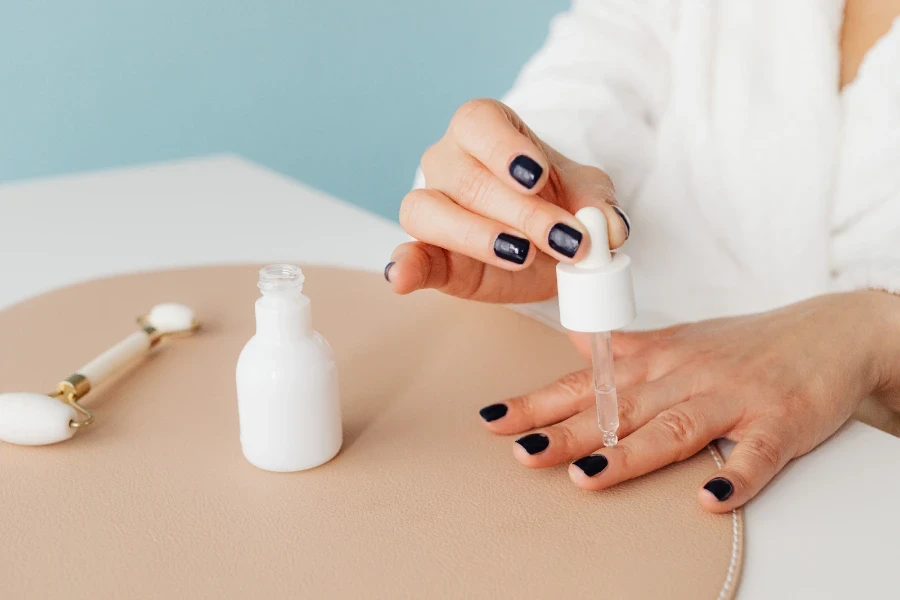
Cuticle oils are the best way for consumers to moisturize their nails and cuticles. Producers typically make them from vegetable oils, which may contain citric acid and vitamins.
When cuticles endure extreme cold, chlorine, sun, or exposure to salty/soapy water, they can suffer various unattractive conditions. But cuticle oils can provide the much-needed to restore and maintain the health of the nails and their cuticles.
But that’s not the only benefit. Cuticle oils can help stimulate nail growth by increasing the circulation around the nails. Also, they’ll create a protective barrier to keep the nail and cuticle safe from trauma.
In addition, cuticle oils can level up the nail aesthetic game. Consumers with a thing for polished nails can protect their shine and keep them looking fresh with cuticle oils.
What makes them different?
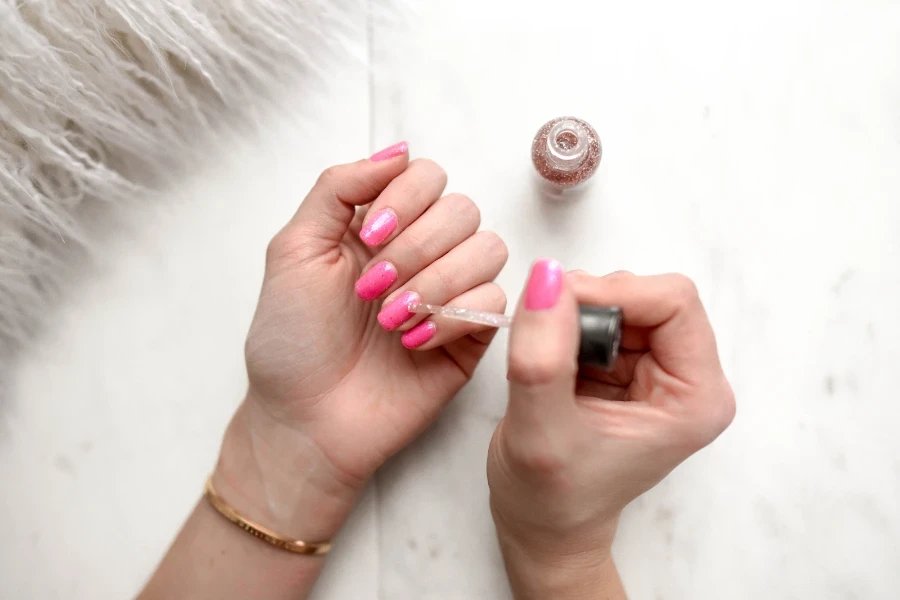
Although they all look the same, cuticle oils can have different properties. They can use various active ingredients (essential oils, vitamins, and minerals); some may offer more nourishment and moisture than others.
What’s more? Skin compatibility is another area that makes cuticle oils different. It’s common knowledge that the human skin reacts differently for various people.
While some users may apply certain cuticle oils and reap the benefits, others may use the same products and get nasty reactions. For this reason, various cuticle oils exist with different properties to ensure skin compatibility. If one doesn’t work, consumers can go for another.
In addition, fragrances also play a massive role in making cuticle oils different. In truth, most luxurious cuticle oils may feature fragrances to offer a better experience. But, consumers who don’t appreciate such additives can opt for 100% natural alternatives.
Are they profitable in 2023?
Cuticle oils are incredibly beneficial, so it’s no surprise they’re profitable for businesses in 2023. They’re a segment under the nail care product market, which experts say settled at an impressive $19.10 billion in 2021. The good news is the market is also expected to grow further at a CAGR of 5.2% from 2022 to 2030.
Personal grooming is becoming a big hit as more people realize they can perform beauty rituals from the comfort of home—and nail care is benefiting from the boom. According to experts, the trend will boost demand for nail care products over the forecast period.
Furthermore, Asia Pacific was the top regional market in 2021, accounting for a massive 35% share—and its growth is not slowing down. Emerging markets like Indonesia, India, and China constantly adopt new trends, which helps maintain the regional market’s dominance.
What are the things to consider when buying cuticle oils?
Hydrating ingredients
Since cuticle oils are primarily for dry cuticles and fragile nails, they must contain various hydrating ingredients to get the job done. Hence, businesses must opt for cuticle oils featuring moisturizing substances like argan, mango, sunflower, and jojoba. Vitamin E is another hydrating ingredient to consider for cuticle oils.
Packaging
When choosing a cuticle oil, it’s essential to consider how and where consumers plan to use it, given the various available forms—from serums in tubes to creamy pots and convenient pens.
If consumers prefer a portable option for their bag, consider a rollerball style. But a traditional dropper formula will suffice if they prefer keeping it alongside other nail products in their bathroom.
Extra benefits
Some cuticle oils serve dual purposes by providing hydration for the rest of the hands. Others offer additional advantages, like exfoliation, which can be particularly useful for removing dead skin, including cuticles.
Types of cuticle oils to invest in
Tea tree oil
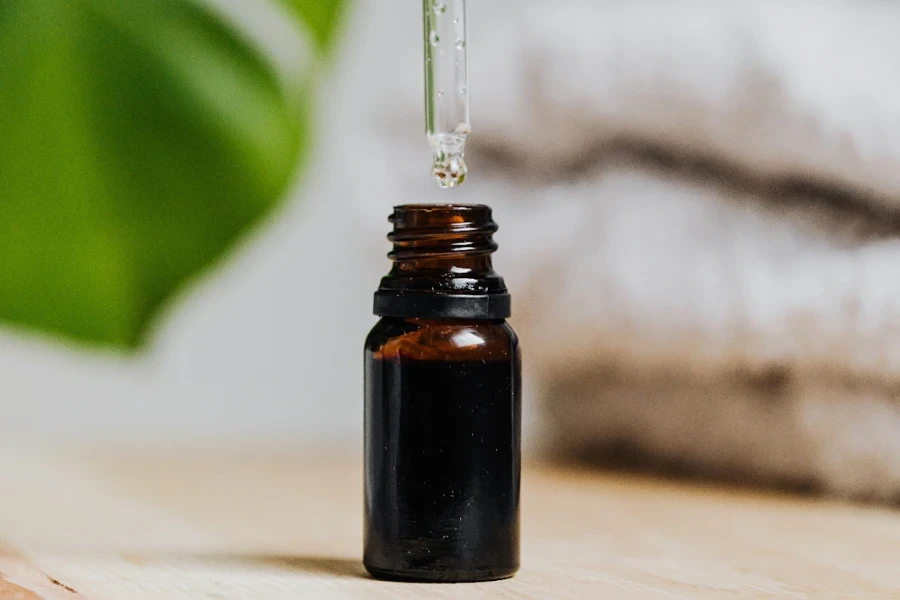
Tea tree oil has been a key item for Indigenous Australians due to its powerful healing properties. It contains over 100 chemical components, including terpinen-4-ol, which makes it highly effective against various skin and nail problems due to its natural makeup.
It’s an excellent choice for nail care because it can fight against microbes and fungi. Nails can be a breeding ground for these invaders, especially on our feet. Tea tree oil is effective enough to prevent and treat issues like athlete’s foot and fungal nail infections with its potent antifungal powers.
It also keeps nail beds healthy and free from infections, reducing the chances of problems like paronychia, thanks to its ability to kill bacteria.
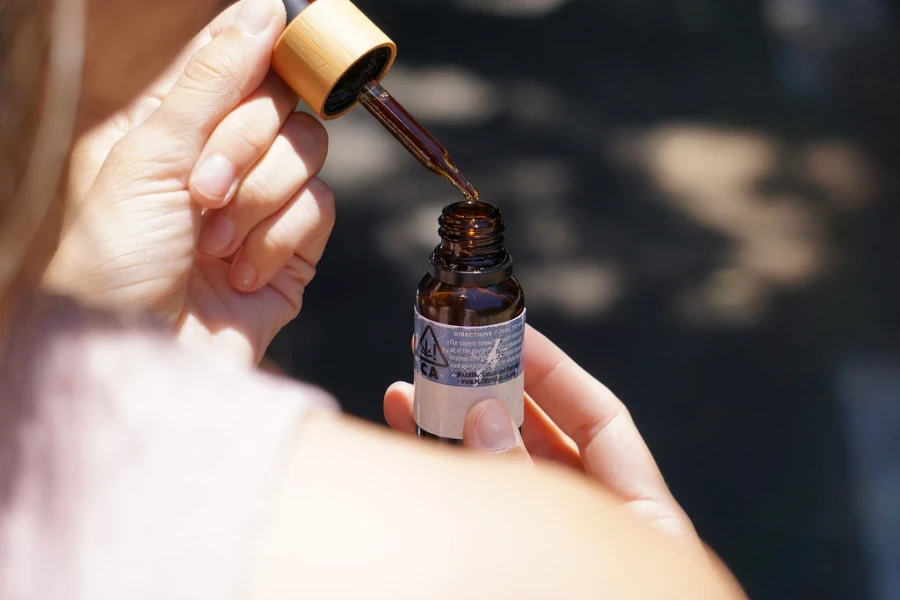
Tea tree oil does more than fight infections; it also improves nail health and growth. Its natural anti-inflammatory qualities soothe irritated skin around the nails, reducing hangnails and promoting healthier cuticles. Tea tree oil’s moisturizing properties also prevent dryness, making the consumers’ nails stronger and less likely to break or chip.
Argan oil
Argan oil is a natural, nutrient-rich plant oil that the Amazigh tribe in Morocco has used for thousands of years. Producers extract the oil from the kernels of the argan tree. It can also serve various purposes, including cooking, medicine, and cosmetics.
This cuticle oil is highly respected in the beauty industry for its numerous hair, skin, and nail benefits. Nail salons often use it to repair both the nails and the surrounding cuticles. They include various ingredients, including Vitamin E, Omega-6 fatty acid, linoleic fatty acid, CoQ10, and antioxidants.
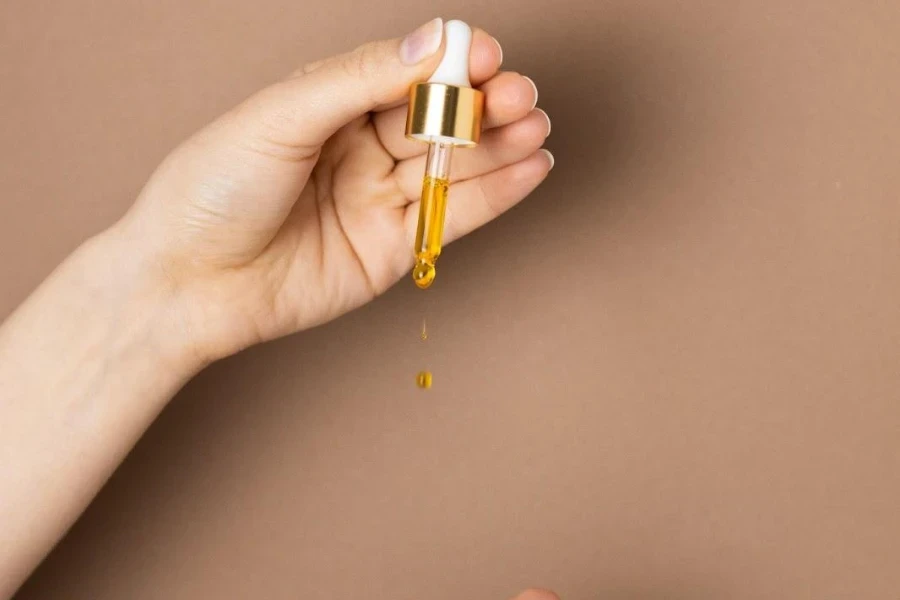
In addition, argan oil offers essential moisturizing, revitalizing, and anti-inflammatory properties that promote overall well-being. When used on nails, its vitamins are absorbed to give them a natural, healthy shine.
Consumers only need a few drops of argan oil on each nail to moisturize and repair weak or damaged areas. Once absorbed, the nails will become smoother, making it easier to apply nail polish.
Olive oil

Olive oil is a natural remedy that keeps cuticles healthy and promotes nail growth by providing essential nutrients. It helps nails absorb the vitamins and minerals needed for strength and an impressive appearance.
Although incredibly beneficial, olive oil becomes even more effective for moisturizing nails when combined with the right ingredients. It’ll treat dry skin beneath the nails, nourish the nail beds, and provide hydration, resulting in stronger nail growth.
Olive oil also offers high antioxidants, allowing it to protect the nails from external damage. Plus, the abundance of antioxidants and other materials has impressive moisturizing benefits.
First, it enhances the nails’ nutrition, shielding them from ugly splits. Second, olive cuticle oils promote blood flow while supplying vitamins to the nails to keep them in perfect condition.
After a 15 to 20-minute soak in olive cuticle oil, the nails will feel a boost in moisture levels. This natural method effectively repairs brittle nails without any adverse effects. However, getting the full results from this product requires a consistent beauty routine.
Jojoba oil
Manufacturers extract jojoba oil from jojoba plant seeds, which grow naturally in southern Arizona, southern California, and northwestern Mexico. It’s often used to treat and repair nails, especially for splitting, peeling, or vertical ridges.
When consumers see vertical nail separation or splitting, their nails need more moisture or natural oils. Applying jojoba oil directly to the nail and cuticle can penetrate and soften it, making it more flexible and less prone to cracking.
Furthermore, jojoba oil assists in absorbing Vitamin E, which helps with nail conditioning. It softens the nail plate for better penetration and possesses antifungal properties.
Sweet almond oil
This cuticle oil is another fantastic option for consumers looking to enhance their nail and cuticle health. Sweet almond oil offers abundant vitamins and minerals, making it the perfect moisturizer for soothing and healing cracked, dry skin.
In addition, sweet almond oil doesn’t have harsh chemicals. It’s gentle enough for consumers to use in daily beauty routines, allowing them to maximize its natural benefits in their comfort zone.
Final words
Dry, fragile nails and rough cuticles can be bothersome and unattractive for many individuals. While numerous over-the-counter solutions are accessible, they frequently contain harsh synthetic components.
However, cuticle oils offer one of the few natural solutions to improve nail health and keep cuticles looking fantastic. Nails may not be body organs, but they need some extra love and care—and cuticle oils are the best way to level things up.
This article covered everything from what cuticle oils are to the types businesses can leverage in 2023.




